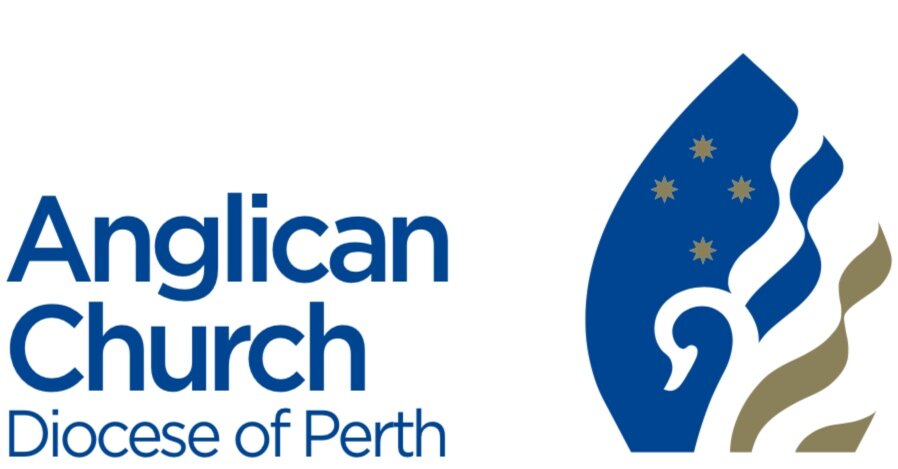MOST RECENT SERMON
Base text of a sermon for Wednesday after Pentecost 10, Year C. Matthew 20.1-16
Our Gospel today is a parable.
If we focus just on the parable, however, on the story of the good landowner and the workers, we may miss the reason Jesus is telling the parable: “For the kingdom of heaven is like …”
He is trying to explain the subject of our Gospel, the Kingdom of Heaven. But the Kingdom is something we, as creatures of God, limited, mortal and bound by time and space, cannot fully understand. It is a “mystery” something that defies not only logical and rational explanation, but something that even our most deeply felt emotion or clearest intuition can only dimly apprehend.
And yet, our Gospel does tell us two definite things concerning the Kingdom of the Heavens.
Firstly, despite it being inherently mysterious, Jesus wants us to know about it. He wants us to be impacted by its existence and forthcoming revelation. And secondly, despite its inaccessibility by our mind, emotions or thought, the Kingdom is our eventual destination. It is, to use a delightful old expression, where we will, all, “end up”.
That’s the Good News.
The Bad News? Well, really that’s good news too! At least from a certain point of view.
It’s contained in the punchline today: “So the last will be first, and the first will be last.” To get to, to arrive at, to reach the Kingdom, things have to change. A lot of things. In fact, all things.
Just before our reading today Jesus, in another parable concerning the Kingdom, speaks of the “renewal of all things”. The renewal of all things. Everything. Everyone, you and me, every cherished hymn, every lovely beach spot, our loved ones and families, our favourite café – everything has to change, everything will be renewed, or in the Greek, literally given a new birth.
And our parable today points to the nature of that new birth and to the nature of the God who will give us all this new birth.
To help us, not so much understand, but be open to the mystery of our parable, we may follow tradition and loosely hold the idea of the owner of the vineyard as representing God.
As we witness the owner - though in Greek the word literally means ‘head of the house, a householder’ – as we witness the householder give the same wage to all workers, our human expectations of justice and fairness are confounded by the love and generosity of God. As creatures of God, we cannot fully understand the ways of God.
Historically though, the parable may refer to recent gentile converts within the Jewish community of Matthew receiving the same grace or “reward” from God as those who for decades had been steadfastly following the Torah. We can easily imagine it. Jewish Jesus Followers who for year after year had followed the very strict dietary and social requirements of the Jewish law are now told once excluded people, like gentiles and tax collectors – who’ve eaten whatever they wanted to - will be joining them in the Kingdom. It would be only human to be a bit miffed at this.
Now, one of the unusual aspects of the parable is that it is the householder, the landowner himself who goes to the marketplace, to employ the day labourers. This ordinarily would have been done by the manager.
The word for marketplace here is agora. The agora though was more than a marketplace, more than a space for commerce. It was the central meeting and assembly place, the heart of the civic space and life of the community. Even more so than the shops and cafes at Darlington village hub across the road, the agora was where all the news could be found, goods purchased, people met, legal disputes settled and, employment found.
And no matter how good or just the householder is – and if he represents God, he is infinitely good - he doesn’t just enter the agora and hands out money willy-nilly. Instead, he employs people.
We are not called to simply receive God’s grace, but to work also.
God is constantly entering the heart, the agora, of our world and our lives, calling us to participate in Her in a shared project. A project which employs the work of human hands in partnership under Her. A project, which despite our participation is still fully owned by the God – the workers do not become the householder and the vineyard, and its produce, is still wholly Hers. At the end of the day, at sunset, the workers are dismissed, returning, probably, to the agora to buy their daily bread.
And the householder is not content to employ only those who he sees early in the morning – he keeps returning throughout the day to engage more and more workers. Even when it seems too late, at the eleventh hour in the Greek, he returns and employs workers other employers have shunned. No one is left behind.
And for their employment, ALL the workers receive what is right or just, regardless of how long they worked. Looking at the Greek, this turns out to be one denarius. This was the standard living wage of the time – enough money to ensure the workers will not starve but will live, because it is right and just that all human beings receive life; physically through employment and spiritually through participation in God.
And it is through this participation in God that we, each of us, right here and now, help bring about the Kingdom of the Heavens. But it will involve, as Christ says, the renewal of all things. And this, crucially may include the renewal of our understanding of God himself. For if we follow our parable closely, with the householder as God, we are challenged to create a church and a theology where all people are called to participate with God and where all people receive the grace of God.
Just as the householder keeps returning to the agora to employ those unable to find work elsewhere, we are called to create a theology and a church that leaves no one behind, regardless of who they are, or how much or how little faith they have.
Do we dare to create a church and a theology where all people are called to participate in God? A theology that leaves no one behind, just as the householder keeps returning to the agora to employ those unable to find work elsewhere? Or can’t we bear even this hint of universal salvation and take refuge in a later addition tacked on to end of our Gospel at 16b “For many are called, but few are chosen”.
Regardless of our response though, the reality - the reality the church needs to reflect – the reality is that God will keep returning to the marketplace, to the heart of our world, to our very hearts themselves, and will keep inviting us, and everybody else, to work in Her and with Her.
And today, as part of that work, we, obeying our Saviour’s commandment of remembrance, are called to participate in him by liturgy. In this liturgy we are given a foretaste of the Kingdom of the Heavens in bread and in wine. A foretaste that makes real for us the time beyond time, the day when the sun never sets, the day when we are not dismissed by the householder back to the agora, when we will dwell in the house of God forever. Amen.

